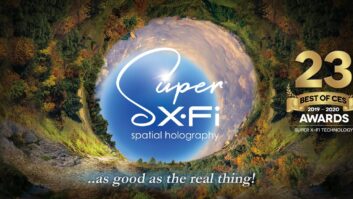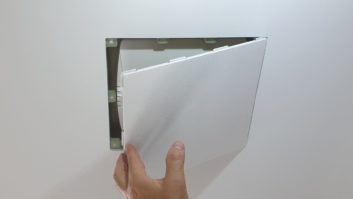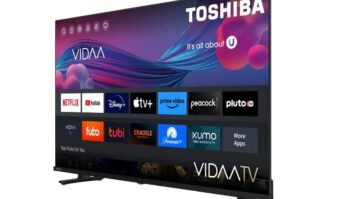Washington – The
Federal Communications Commission (FCC) voted for the second time in as many
years to open up unused “white spaces” in the TV band for unlicensed uses that
could include wide-area “Super Wi-Fi” hot spots.
Because of the
propagation characteristics of the spectrum, which is below 1GHz, Super Wi-Fi
signals would travel longer distances and at faster speeds than traditional
2.4GHz and 5GHz Wi-Fi and also more easily travel through walls, the FCC noted.
The propagation characteristics mean large markets could be covered by only a handful
of base stations.
The spectrum
could also be used to deliver low-cost wireless broadband to rural and poor
areas, transmit traffic videos, build electric-utility smart grids, create
faster home networks, and create services that the FCC said it couldn’t
envision.
Although the FCC
to free up white spaces for unlicensed use, opposition by
TV broadcasters, users of wireless microphones, and other constituencies sent
the FCC back to the drawing boards to revise the rules that it originally developed
to prevent interference with over-the-air TV reception and with wireless
microphones. The microphones are commonly used by TV news reporters, sports
arenas, Broadway theaters, churches and schools.
With the new
vote, the FCC also eliminated its previous requirement that two types of
sensing technologies be included in unlicensed devices to find spectrum not in
use. The change was in response to complaints that the two-technology requirement
would slow the launch of white-space devices. Now, the FCC is requiring only
one technology, which is GPS geo-location combined with a database of locations
of TV stations, cable-operator head ends, wireless-mike venues and other
current white-space users. The database will tell a new white-space device what
spectrum it can use in its current location. The technology that is no longer
mandated is signal-sensing technology, which would enable a device to sense
transmissions from TV stations and other incumbent users.
Other rule
changes include the adoption of two dedicated channels for wireless-mic users.
For its part, the National Association of
Broadcasters (NAB) said it’s still studying the latest decision.
The FCC said the
vote marked the first significant block of spectrum made available for
unlicensed use in 25 years.













